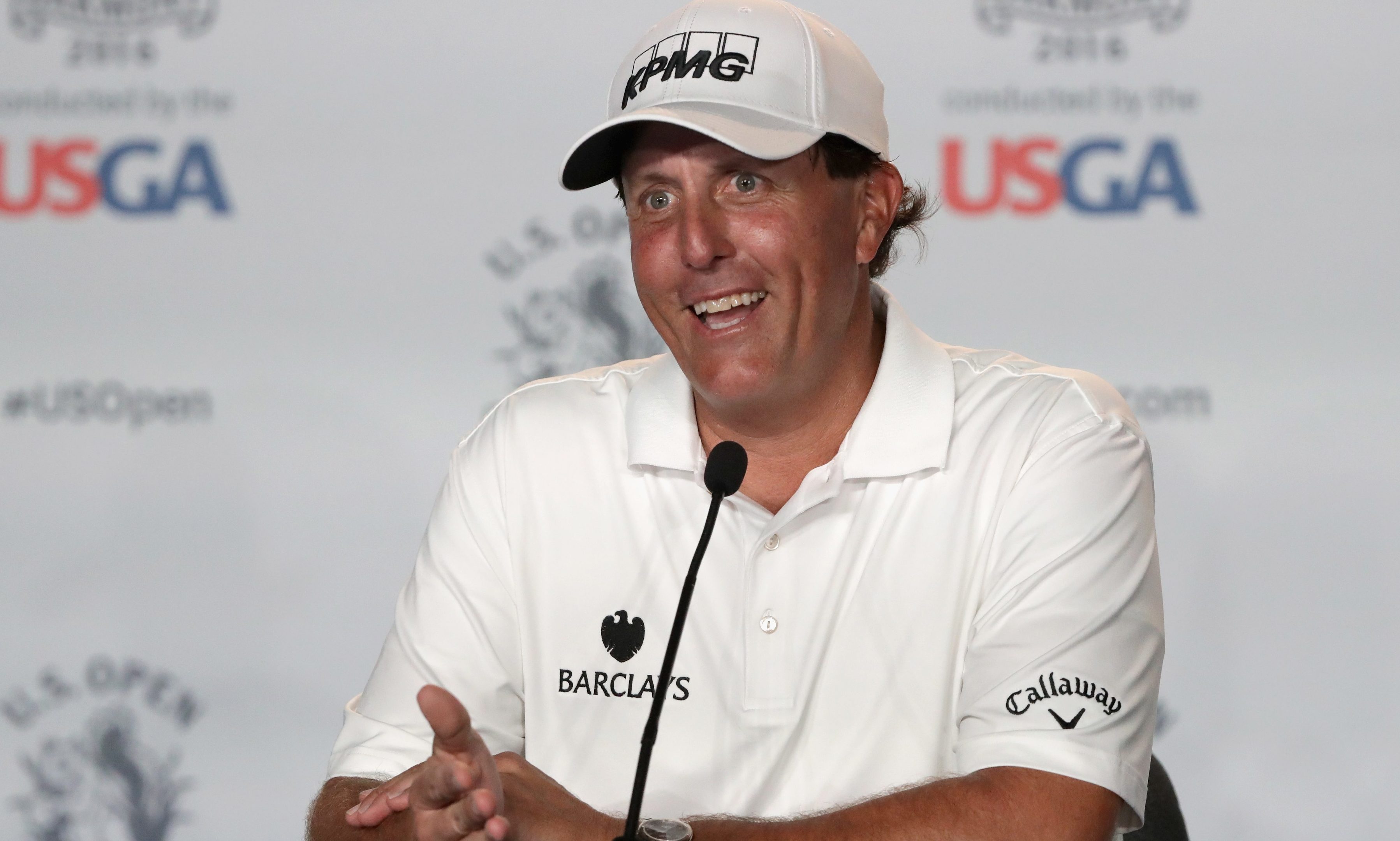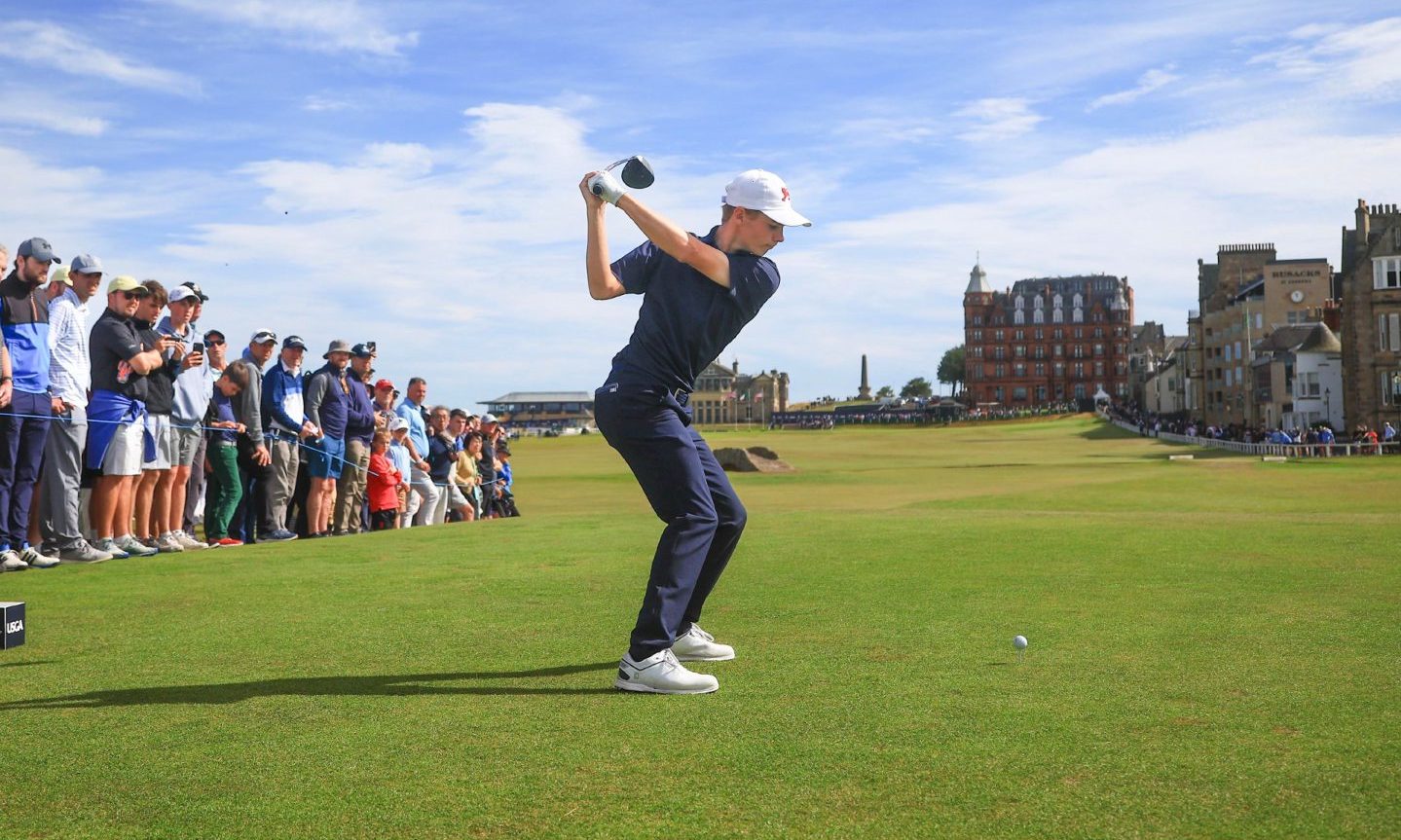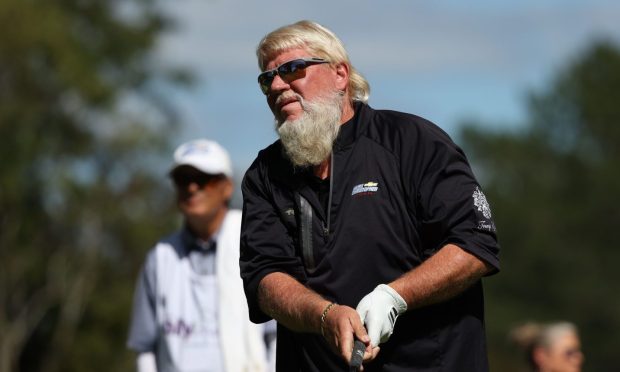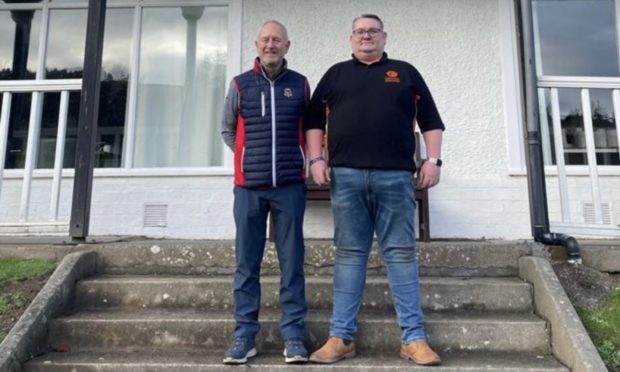Phil Mickelson took inspiration from the unlikely source of Stephen Hawking as he began his third attempt to win the US Open and complete the career grand slam.
Mickelson has finished runner-up in the year’s second major championship a record six times, most recently when he shared the 54-hole lead at Merion in 2013 but went on to finish second behind Justin Rose.
A month later, the left-hander won his first Open title at Muirfield to leave himself needing to win his national open to join Gene Sarazen, Ben Hogan, Gary Player, Jack Nicklaus and Tiger Woods in having won all four majors.
Mickelson has described this week’s venue Oakmont as “the hardest course we’ve ever played” and believes his chances of victory will be enhanced if the conditions become even more difficult.
The five-time major winner, who celebrated his 46th birthday on Thursday, said: “I love a quote that Stephen Hawking says: ‘Intelligence is the ability to adapt to change’, and that’s going to be critical here at Oakmont because, as the conditions change, the tee shots are going to change.
“As the fairways get firm with the contour, you’re going to have to play to different parts of the fairway. As the pin placements move and the green moisture changes from softer to firmer or what have you, you have to adapt how you play this golf course.”
Mickelson is playing his 26th US Open and aside from Merion, was also runner-up in 1999, 2002, 2004, 2006 and 2009. In 2006, he famously matched Colin Montgomerie in making a double-bogey on the 72nd hole at Winged Foot to finish a shot behind Geoff Ogilvy.
“My most disappointing failure is going to be Merion because I was playing so well there, even though I look back at ’06 as my most heartbreaking because I was only a hole away,” added Mickelson, who has not won since lifting the Claret Jug in 2013. “Merion I felt I should have had.
“There is nothing that would mean more to me than to cap off my career with a win here at the US Open. It’s my national open. It would mean the world to me.
“I don’t want to be disingenuous and downplay it, but that’s the last thing I want to think about over the next four days because it just doesn’t help me play well. It doesn’t help me accomplish that goal.
“I’ve got to enjoy the process of trying to play my best golf, enjoy the challenge that each day provides for me to play my best, and that doesn’t include focusing on the end result.”
Mickelson was among the later starters on Thursday alongside 2013 champion Justin Rose and Sweden’s Henrik Stenson, although thunderstorms were forecast for the afternoon and early evening.
That could hand the advantage to early starters such as 2011 winner Rory McIlroy, Masters champion Danny Willett, Lee Westwood, Luke Donald, Martin Kaymer, Matt Fitzpatrick and Shane Lowry.




